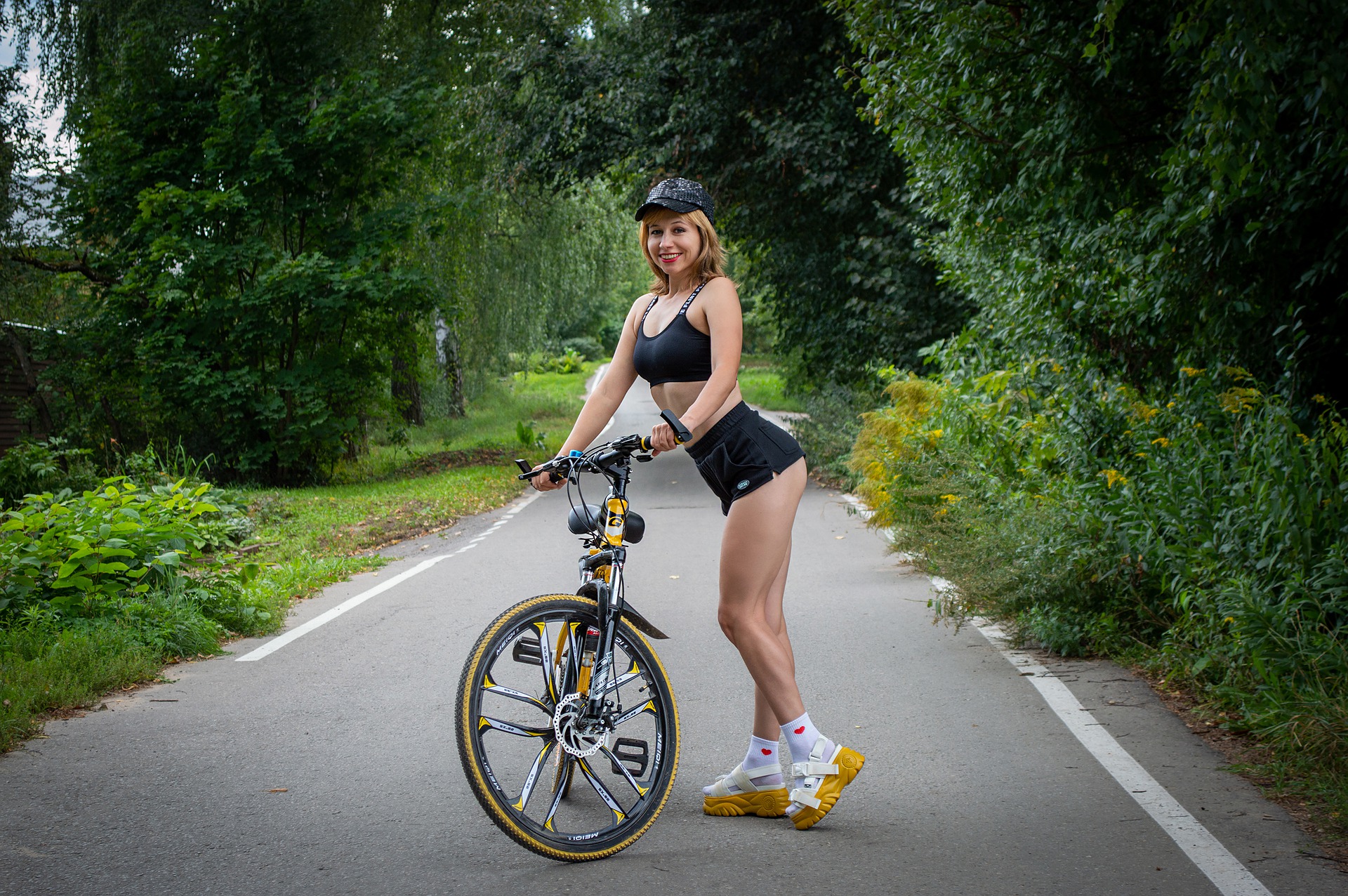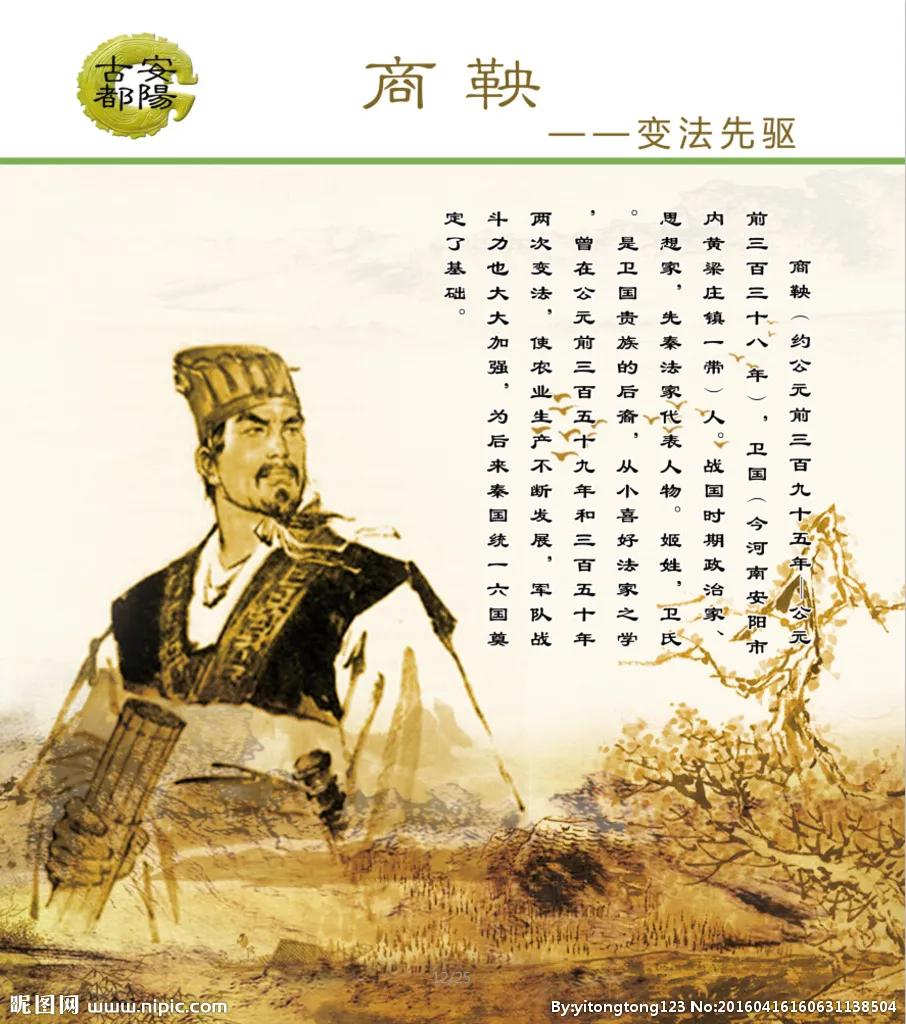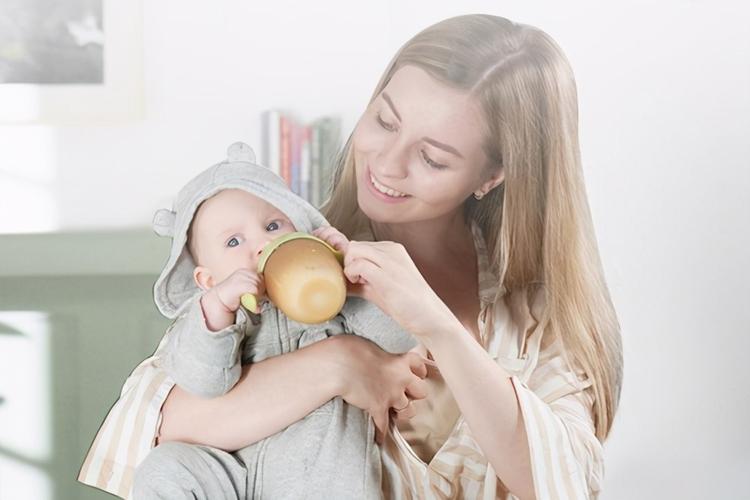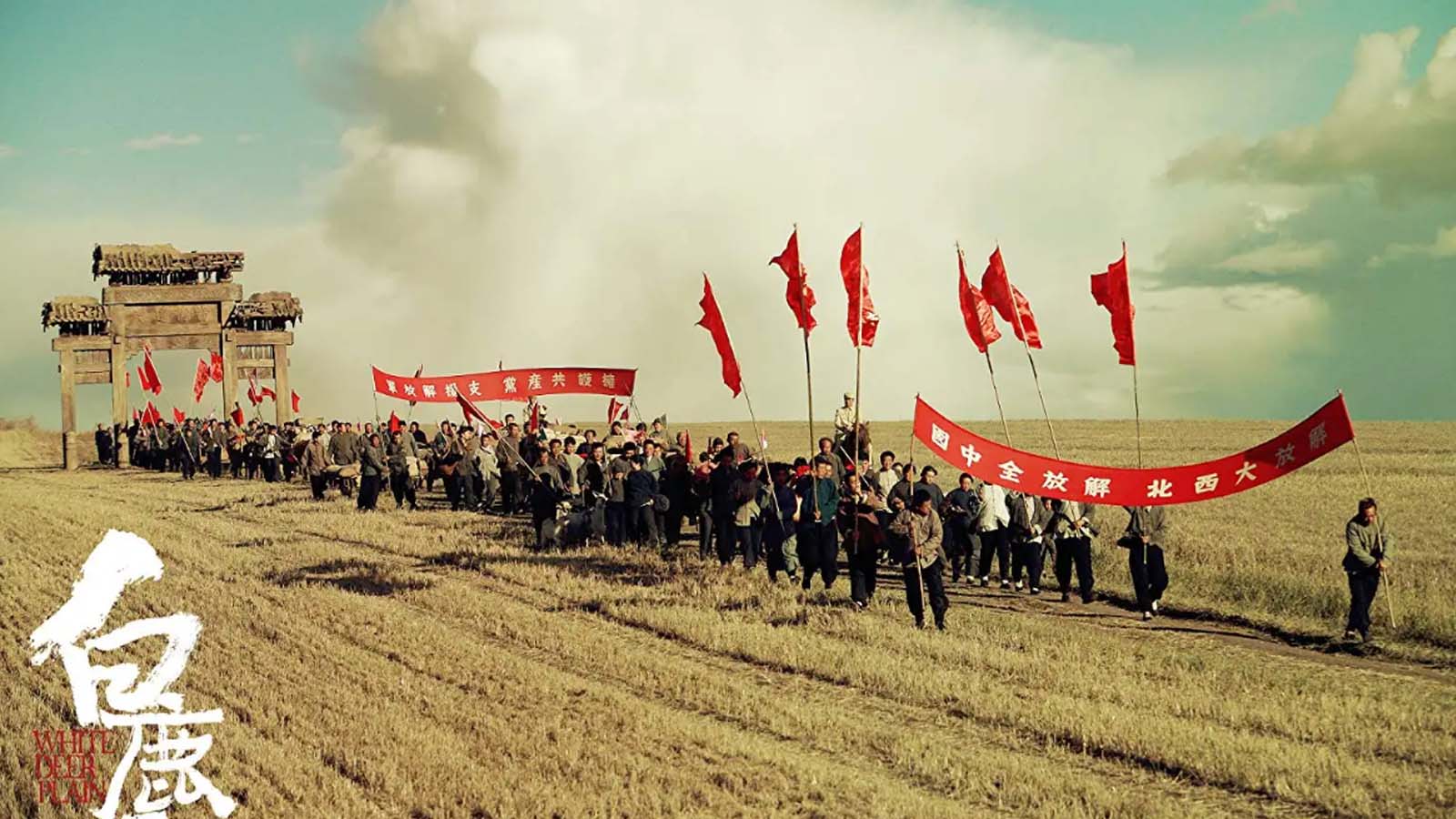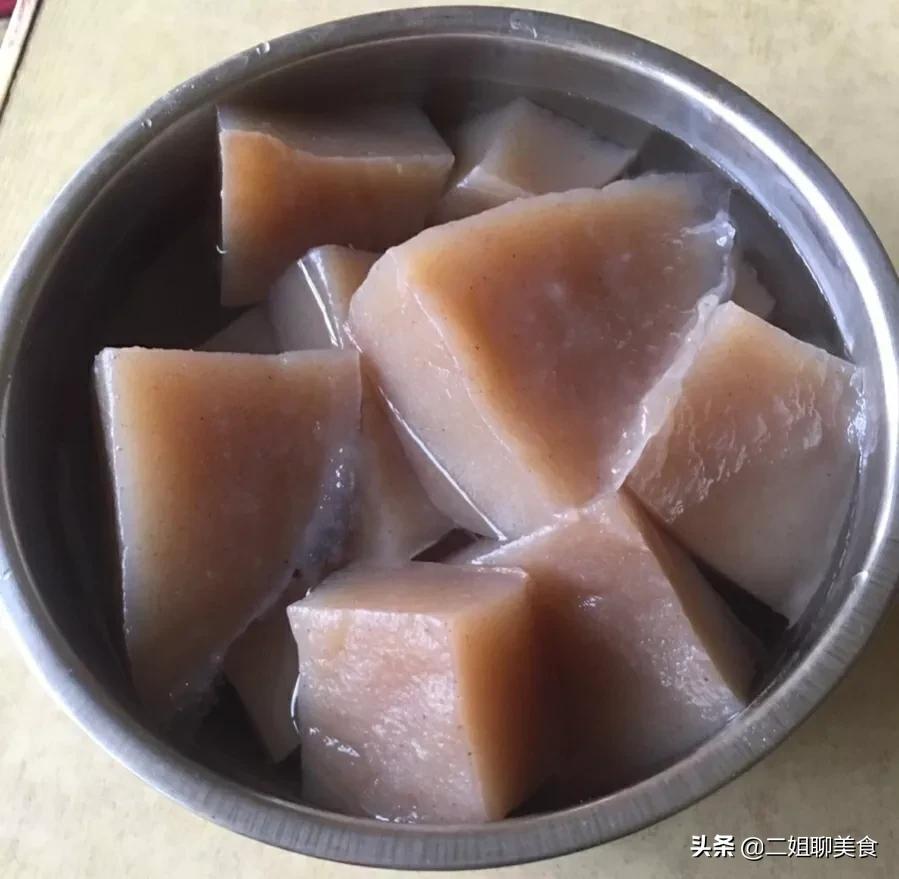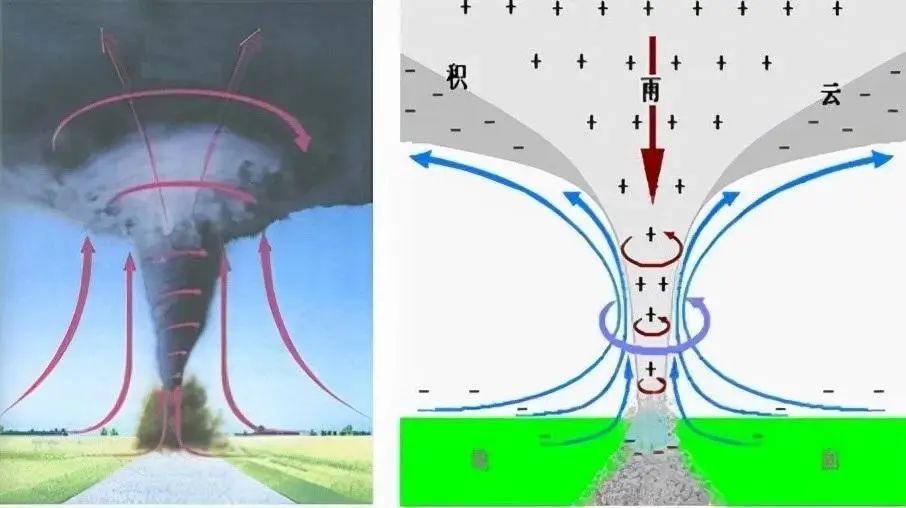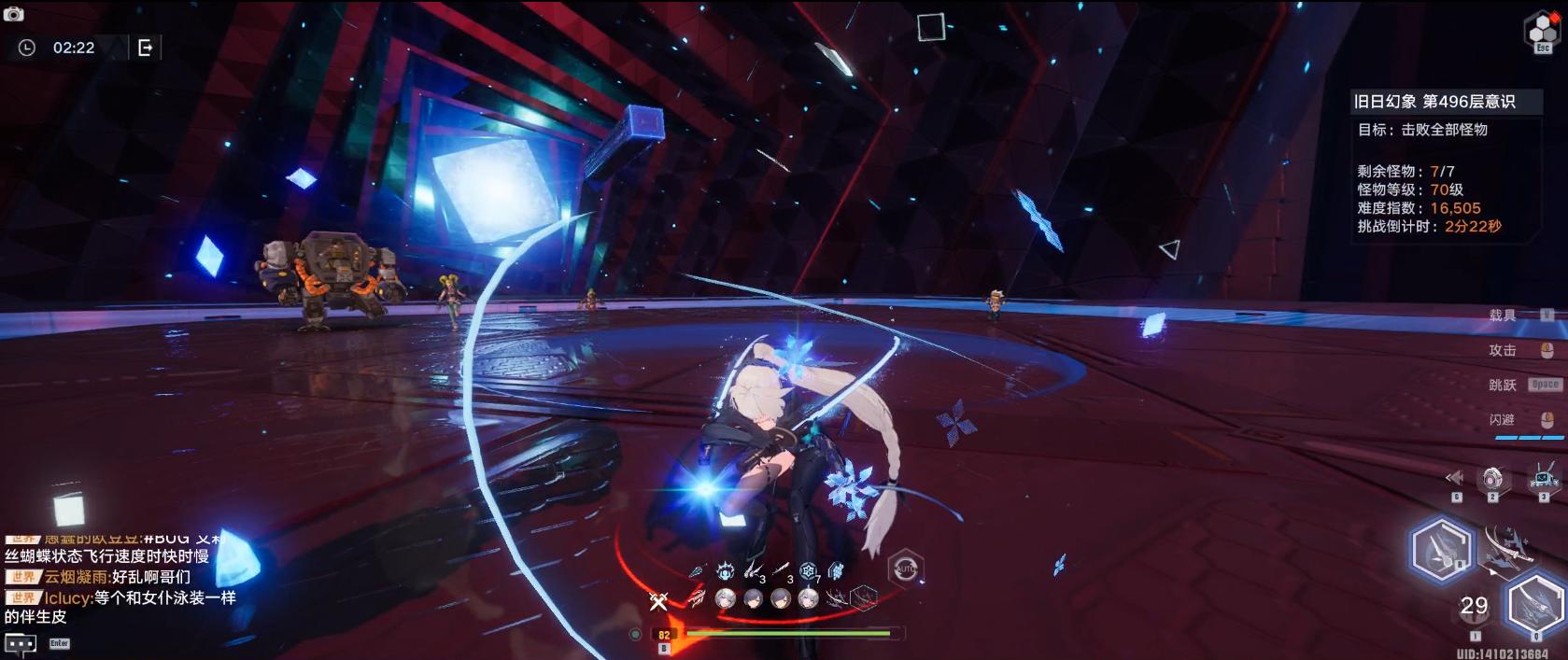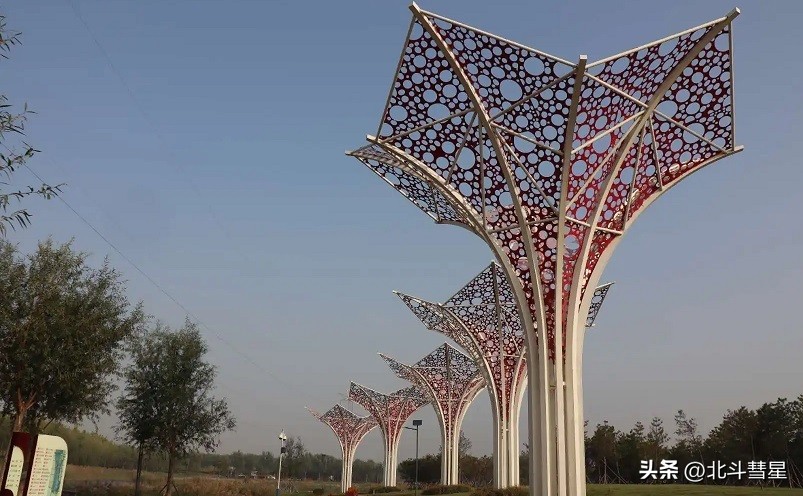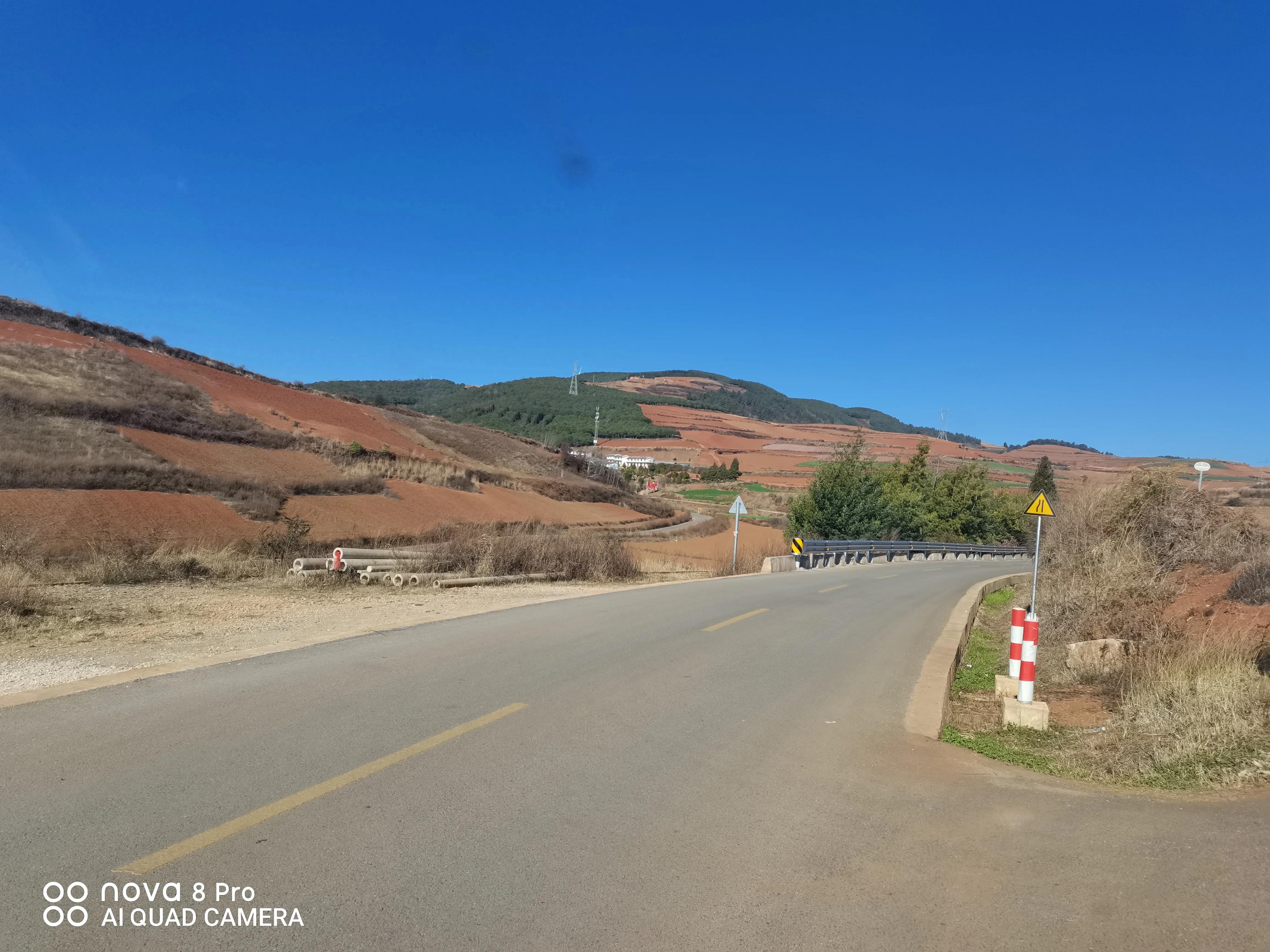一.主语+谓语动词(+状语)
句型特点:这样的句型后面并不包含宾语,所以谓语动词是不及物动词。
1. The rain has stopped.
雨停了。
2. I understand.
我明白了。
3. The sun rises.
太阳升起来了。
4. I win.
我赢了。
5. He laughed.
他笑了。
这种句型的谓语动词后面一般带有状语,使句子意思更完整。
6. He left in a hurry.
他匆忙地走了。
7. Fruits can’t keep well.
水果不易保鲜。
8. They started early.
他们早早地出发了。
9. The sun sets in the west.
太阳从西边落下。
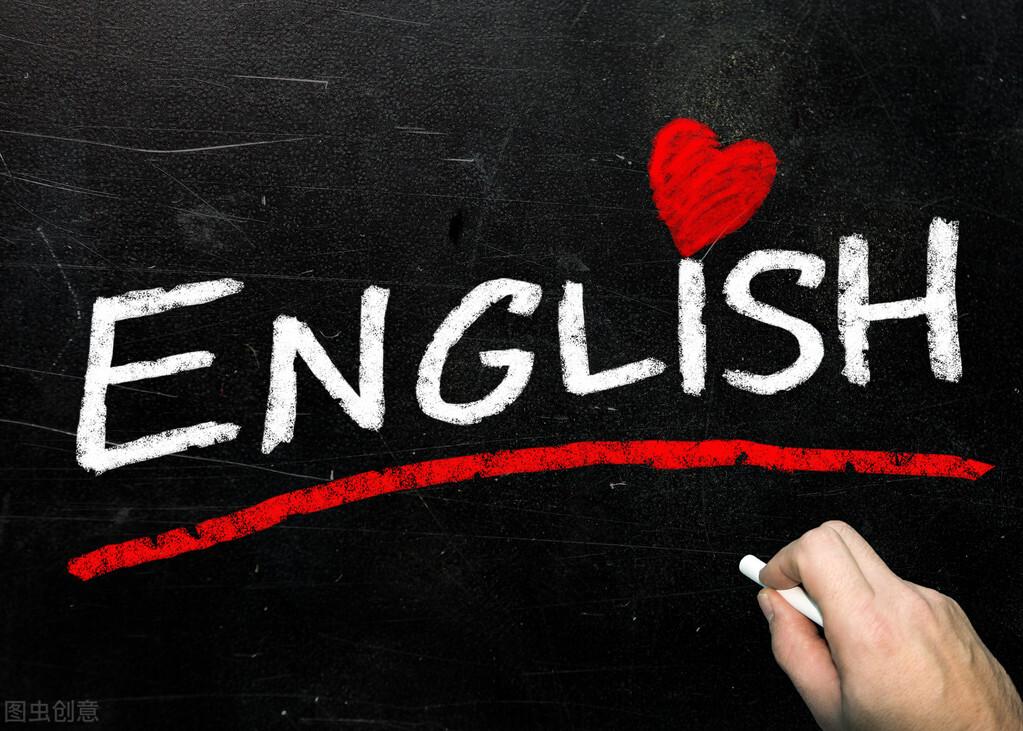
二.主语+系动词+表语
句型特点:句中的动词是be动词或者其他系动词。
A. 形容词、名词(短语)作为表语。
1. This kind of food tastes delicious.
这种食物吃起来很可口。
2. She seems unhappy.
她看起来很不高兴。
3. Knowledge is power.
知识就是力量。
4. We are primary school students.
我们是小学生。
B. 介词短语作表语。
1. Beauty is in the eyes of the beholder.
情人眼里出西施。(对美的判别因人而异)
2. He was with a friend。
他和一个朋友一起。
3. Health is above wealth。
健康胜过财富。
注意:副词不能做表语。
比如:She looks happily.这个句子是错误的。

三.主语+谓语+宾语
1. She likes music.
她喜欢音乐.
2. Amy broke the rules.(名词作宾语)
Amy打破了规则。
3. I want to go to school.(不定式作宾语)
我想上学。
4. I can’t help laughing.(动名词作宾语)
我禁不住笑了起来。
5. I hate him.(代词作宾语)
我恨他。
四.主语+谓语+双宾语
有些动词后面需要接两个宾语,一个指人的宾语,称为间接宾语;一个指物的宾语,称为直接宾语。统称为双宾语。
1. He showed me his driving license.
他给我出示他的驾照。(me是间接宾语,his driving license是直接宾语)
2. I will buy you some flowers.
我要给你买一些花。(you是间接宾语,some flowers是直接宾语)
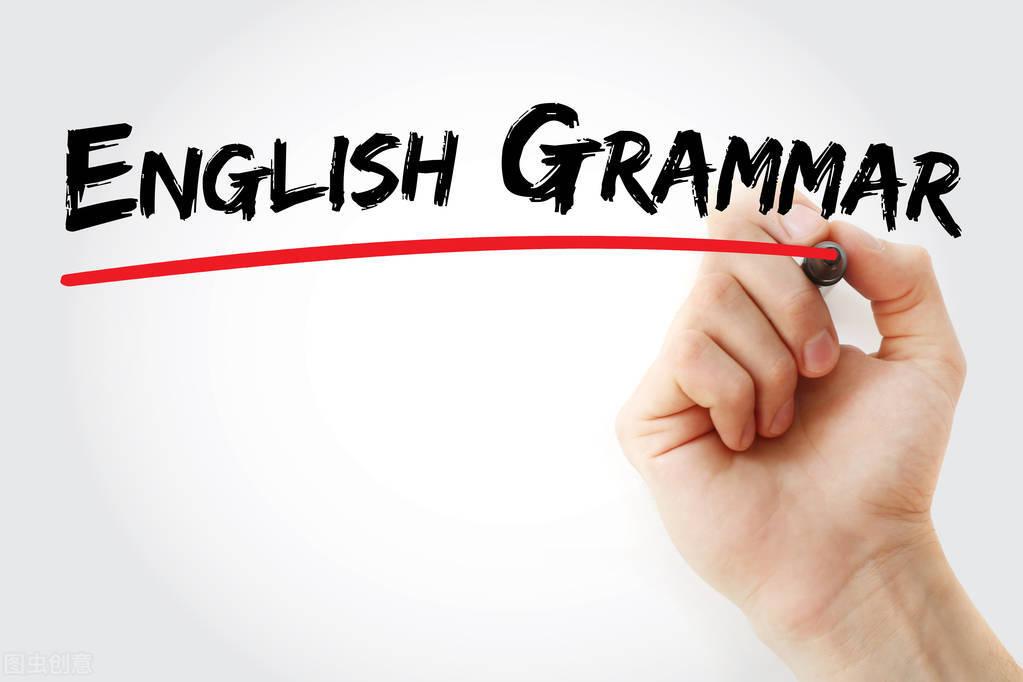
五.主语+谓语+复合宾语
有些动词后面接宾语时意思不完整,因此还需要在宾语后面接补充说明的宾语补足语,宾语和宾语补足语称为复合宾语。
1. I found him out.
我发现他出去了。(形容词作宾补)
2. They named the girl Lucy.
他们给这个女孩起名为露西。(名词作宾补)
3. We made him our monitor.
我们让他成为我们的班长。(名词作宾补)
4. We found ourselves in the middle of a desert.
我发现我们在沙漠中。(介词短语作宾补)
5. I could feel the cold wind blowing my face.
我可以感受到寒风吹我的面颊。(现在分词作宾补)
6. I had my watch repaired yesterday.
我昨天修好了我的手表。(过去分词作宾补)
7. My father allowed me to play computer games.
我爸爸允许我玩电脑游戏。(不定式作宾补)


